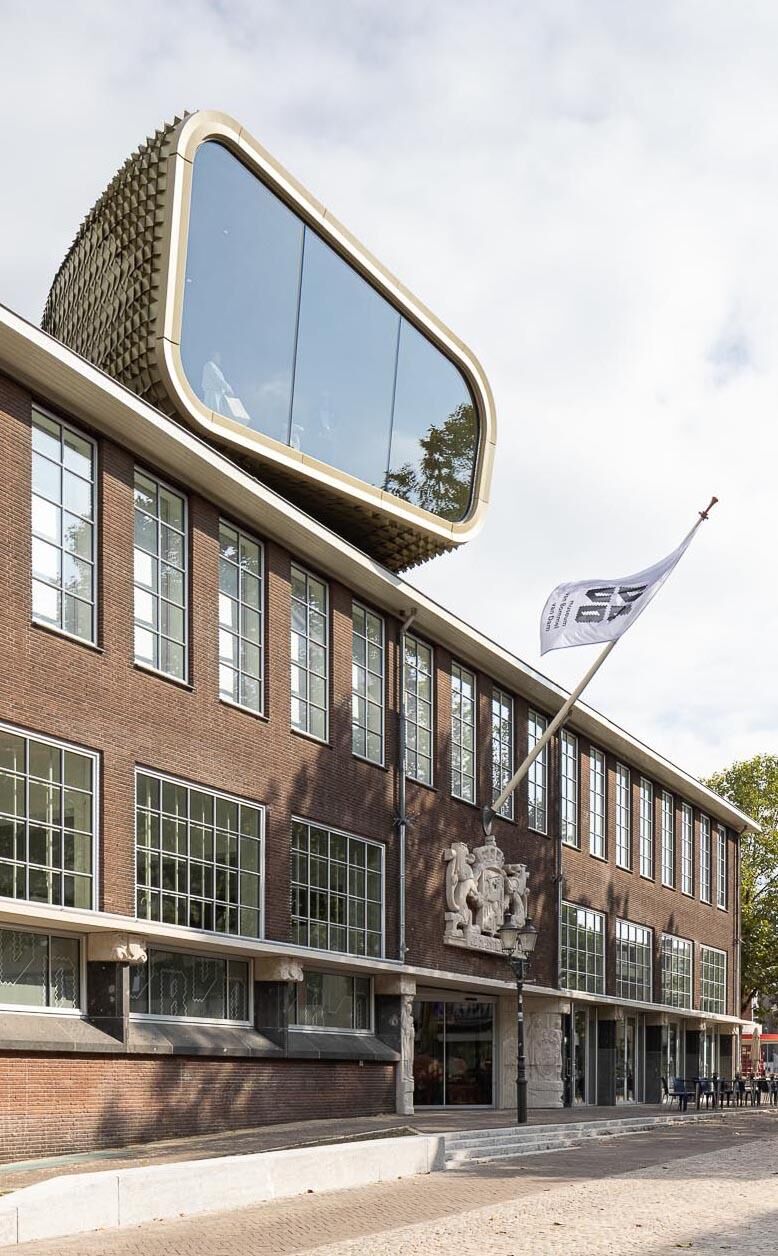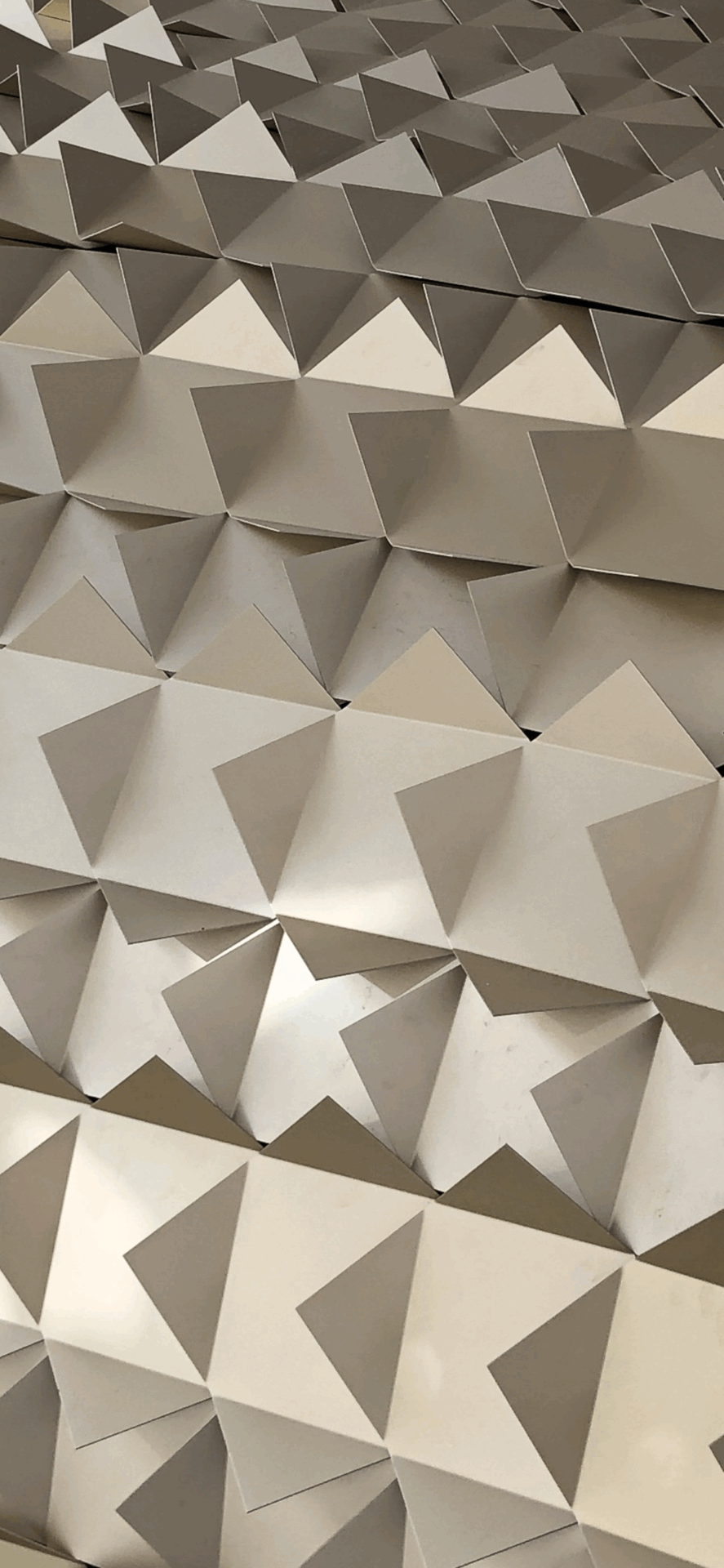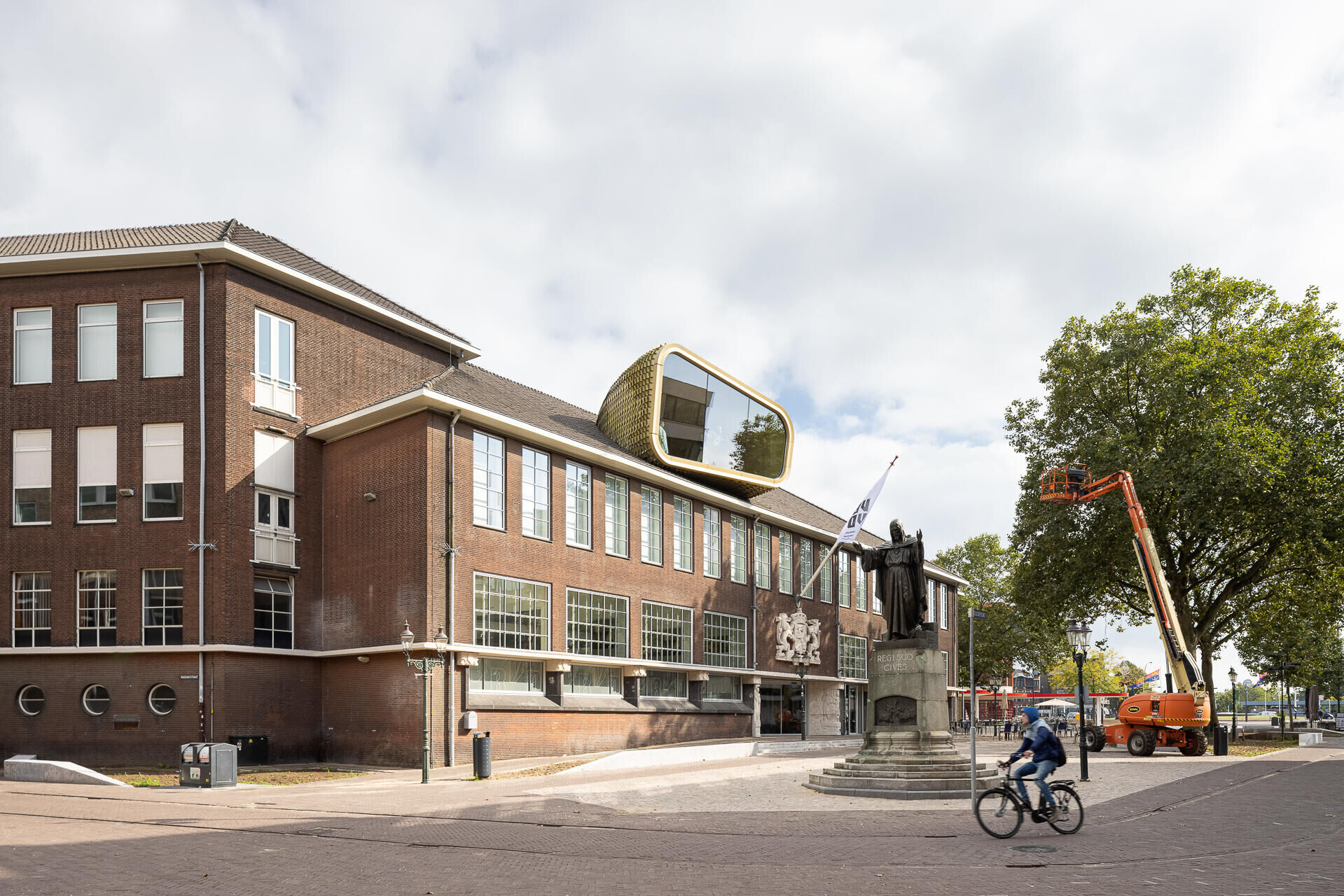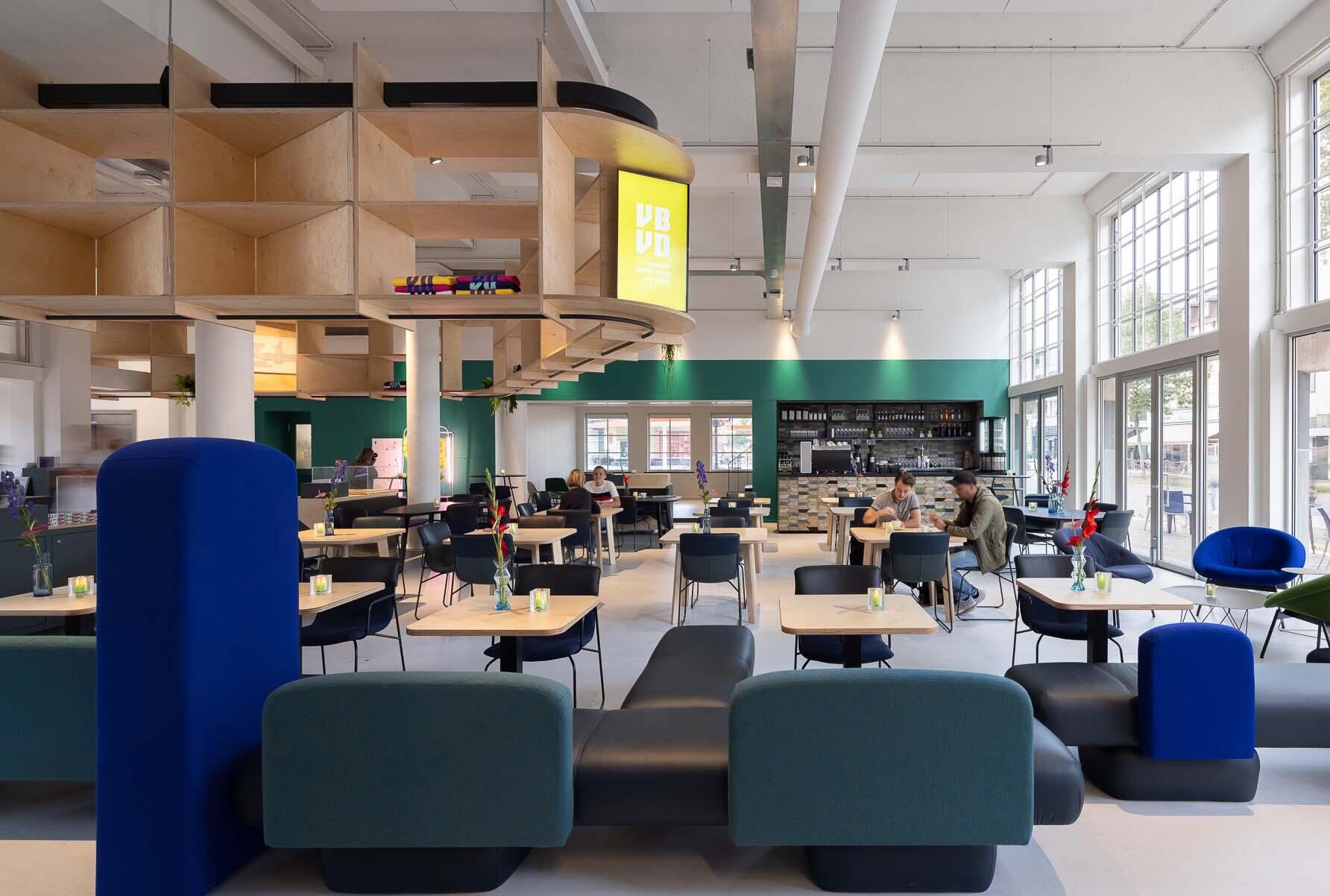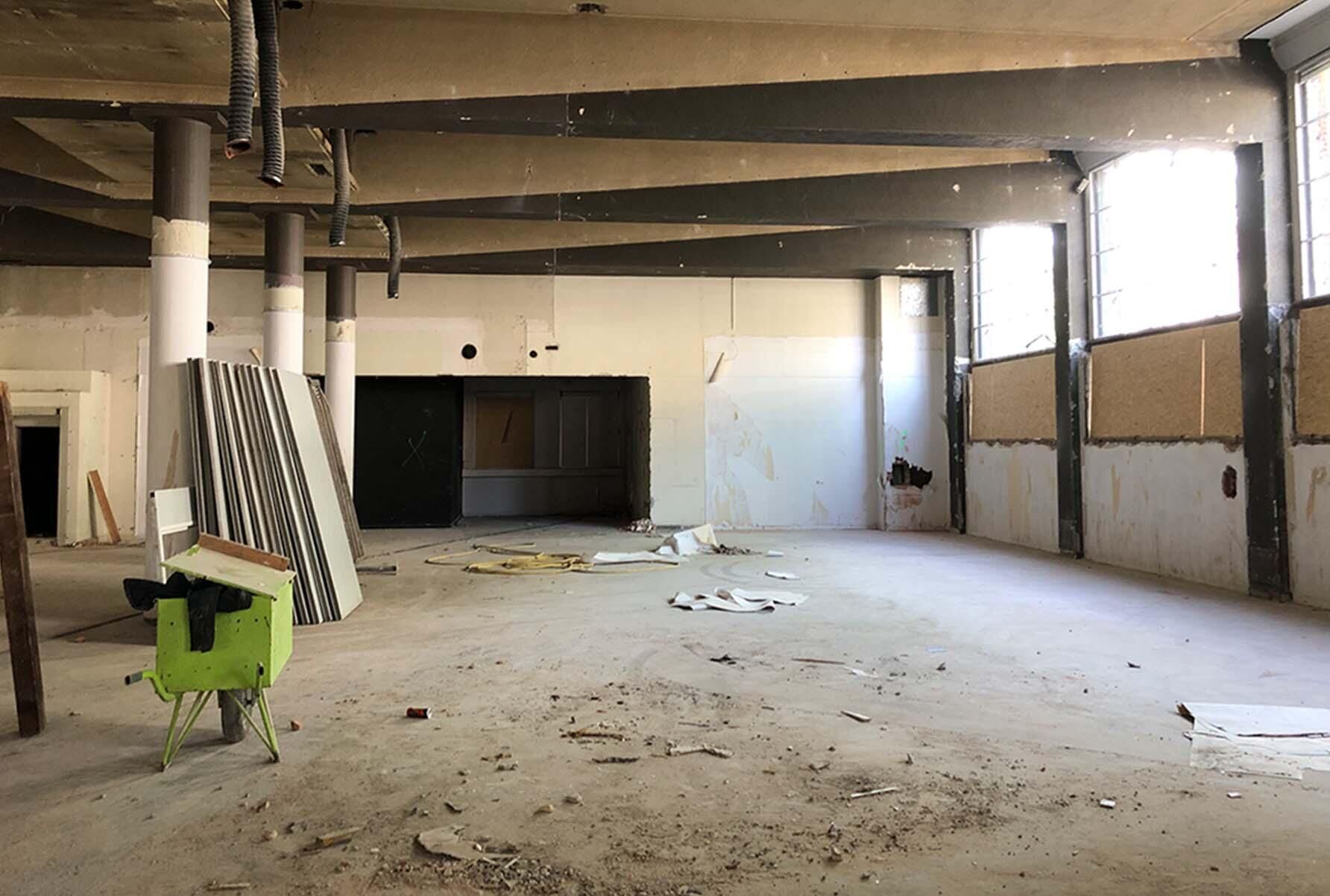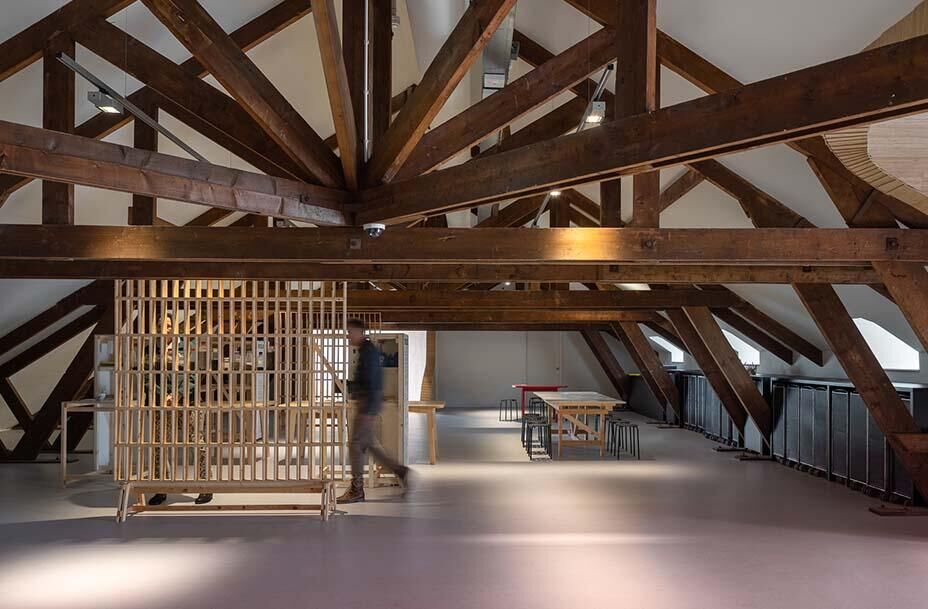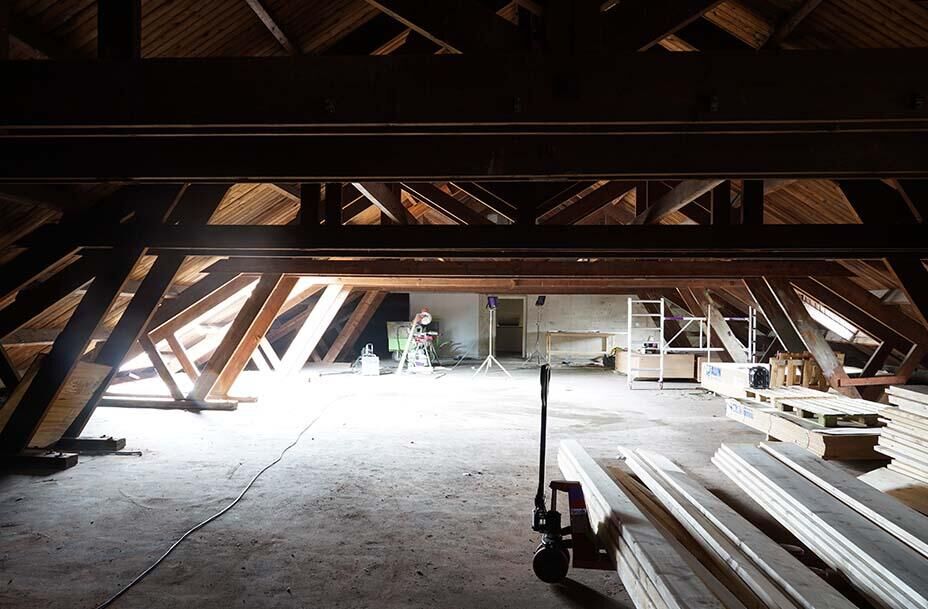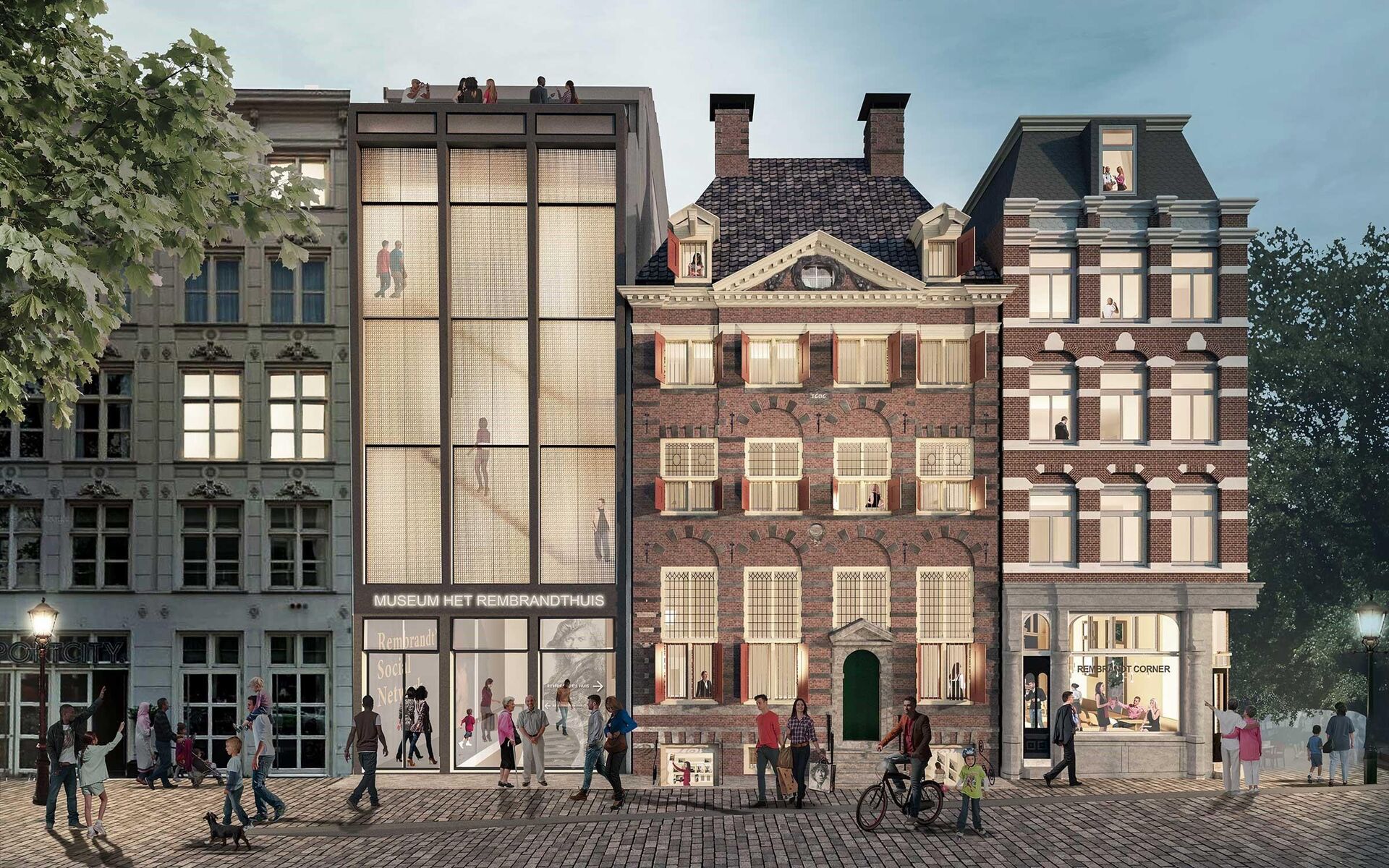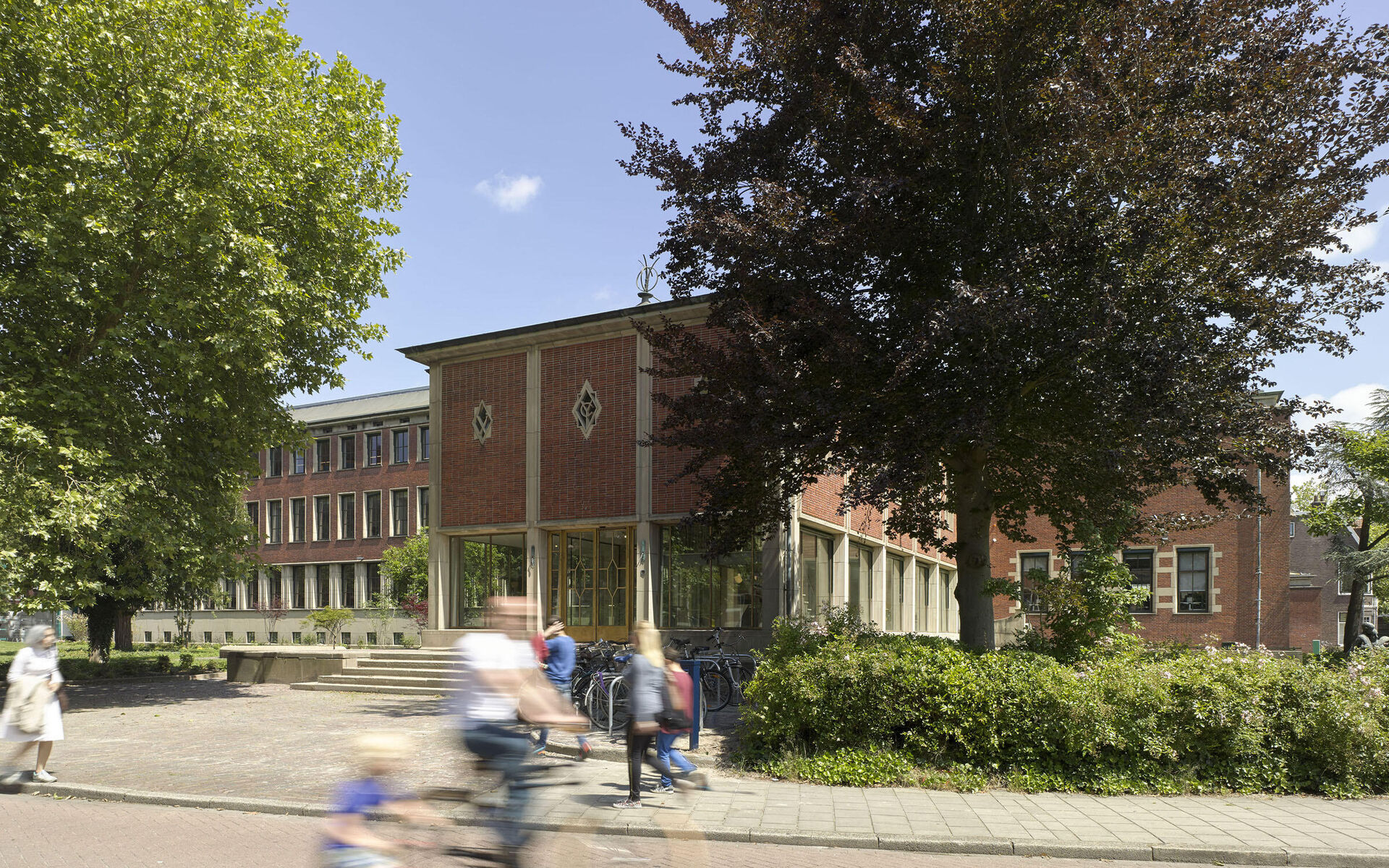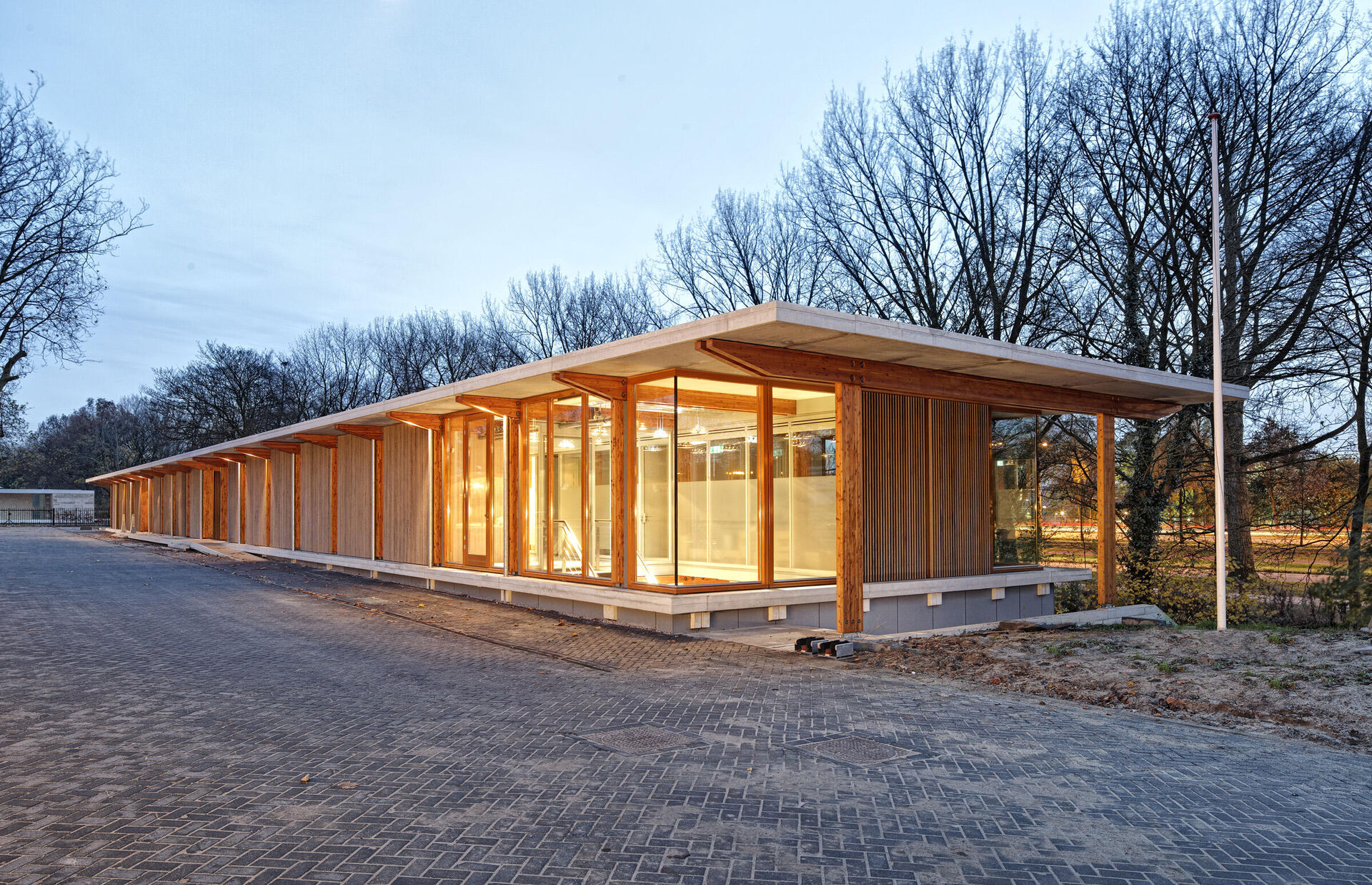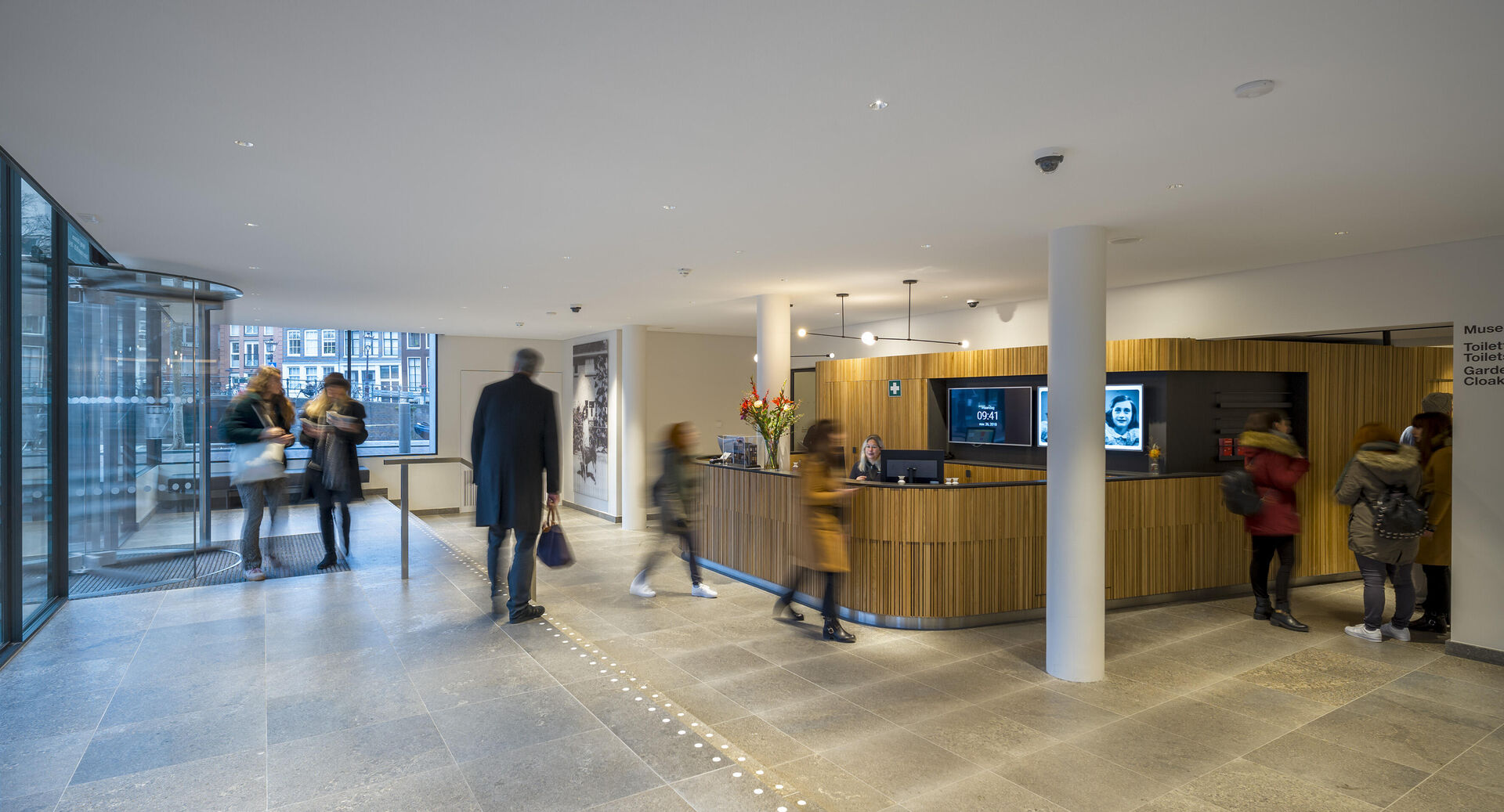- Culture
- Public
- Transformation
- Interior
- Restoration
- Sustainability
A historic post office in Venlo has been given a new purpose as accommodation for Museum van Bommel van Dam. BiermanHenket designed the renovation, as well as two contemporary additions and the interior. The concept - from vision and design to execution - is a high-end, sustainable transformation for a future-proof and inviting museum.
The museum wanted new housing to facilitate larger numbers of visitors and manifest itself as a cultural meeting place in the city. At the same time, the former post office in the city centre, a nationally listed building designed by Chief Government Architect Hayo Hoekstra in 1938, required a new purpose. Situated on a main route from the historical city centre to the station, with a park nearby and the Limburg Museum in the immediate vicinity, the design for the museum also incorporated an urban vision. As part of the project, the park was extended to the museum, forming a green carpet from the station towards the city centre. As a result, the Limburg Museum and Museum van Bommel van Dam have been visibly interlinked as a museum quarter in a museum park.
The desired inviting nature of the museum and the urban vision ensured that the building was designed to make a major part of it accessible to the public. A public experience route, which starts on the ground floor, has been incorporated in the building. A large art frame that displays the current programme is located in this open space. On the way upstairs, the public route offers a little ‘teaser’ of the exhibition rooms and ends on the roof: with an art window with a sculptural design and a green roof terrace. In addition to a spacious public route, the museum also has a museum café, a museum shop, and more than 1500 square metres of exhibition space at its disposal. The building accommodates a depot with a period room, an educational space, an auditorium, an art library, workshops, and an office.
- Design: 2019
- Client: Gemeente Venlo
- Location: Venlo
- Delivery: 2021
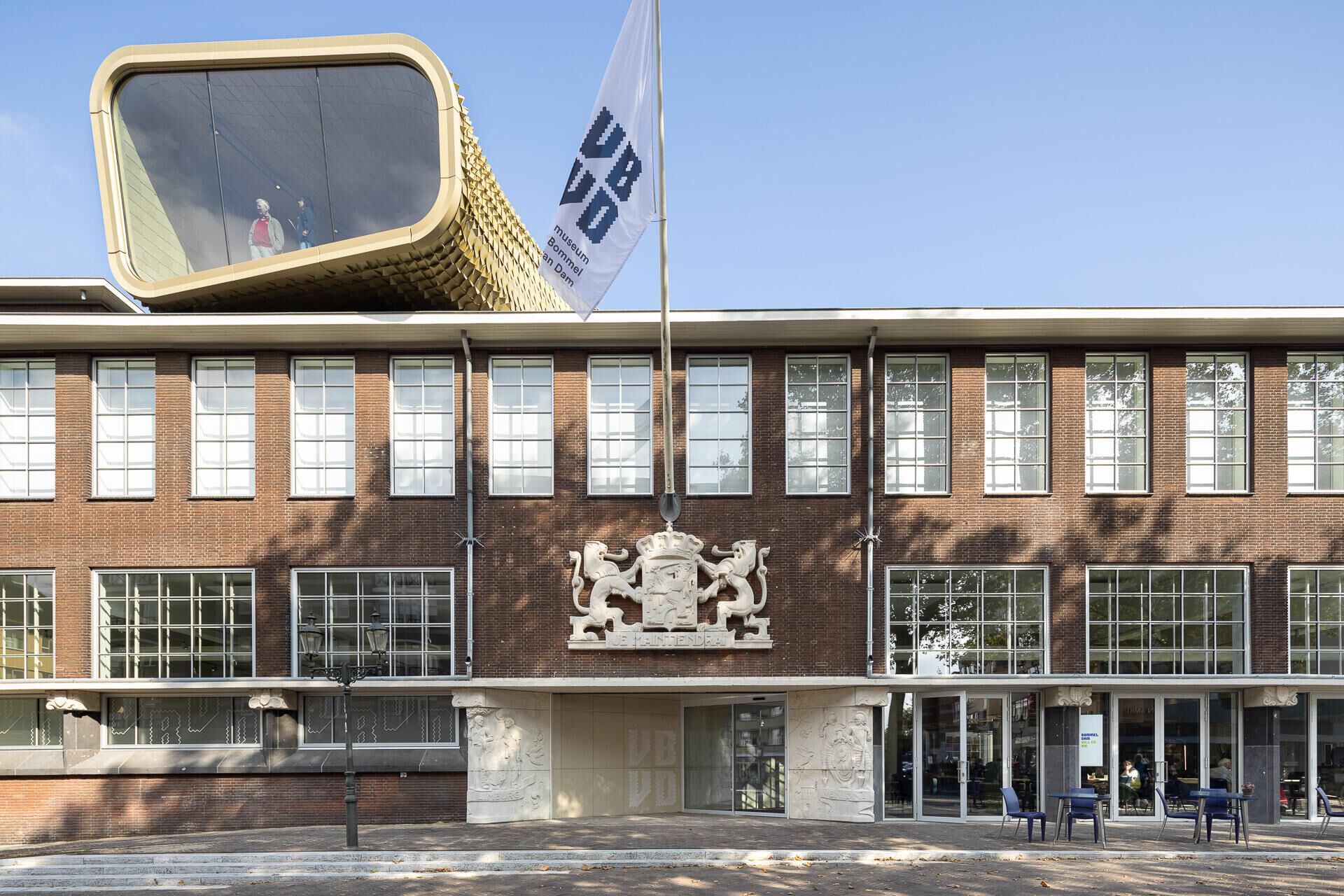
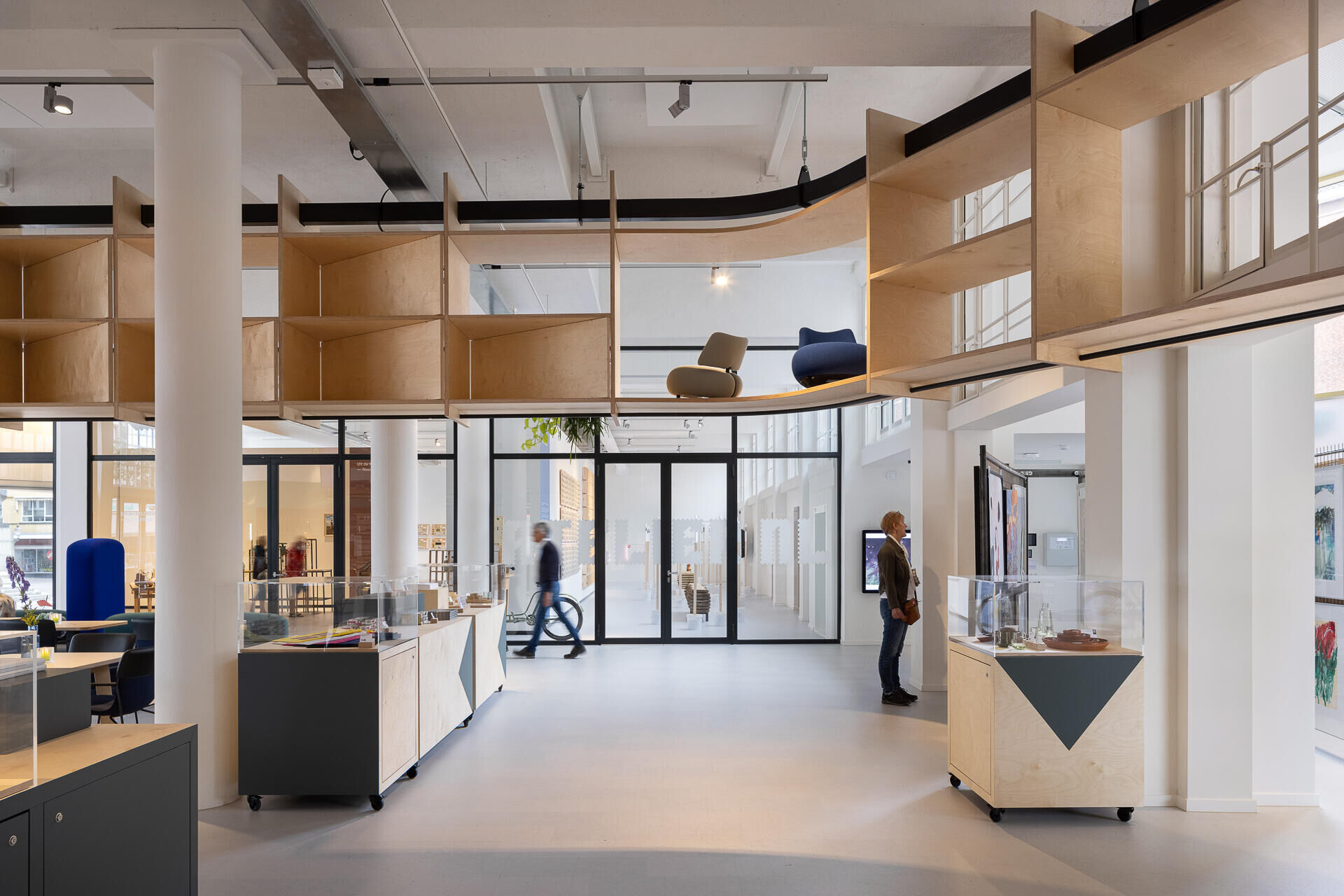
The historic post office was made as sustainable as possible for its conversion into a museum. An integral design was created through close cooperation between the architect, building physicist and systems engineer. This ensured that, for example, the building is now gas-free and has an indoor climate that is suitable for a museum, while at the same time the historic value has been preserved, which was one of the challenges that had to be met when the building was redeveloped. Low-temperature heating can be adjusted for every room, while low-temperature cooling has also been applied to meet the climate requirements in depots and museum rooms. An air-water heat pump generates heat and cold for the building and has been designed in such a way that it can be connected to the adjacent building complex in the future. The roof has been insulated, plastic window frames have been replaced by aluminium frames in renovation profiles in accordance with the original image, and new retention walls insulate the inner shell of the building that was built in the 1930s.
New additions also have sustainable and circular designs. The sculptural art window, one of the two new prominent features of the museum, has been clad on the outside with aluminium shingles. A fully recyclable product, with a long life and low maintenance requirements. The shape and the folds refer to envelopes, which is a tribute to the history of the post office. The inside has been finished with bamboo that seamlessly follows the organic form. In addition to this art window, the new park entrance is the second, contemporary feature. An intermediate section at a corner, built in the 1980s, has given way to a contrasting, inviting and transparent entrance that has also been clad with folded aluminium ‘envelopes’.
The historic stairwells have been restored and function as the pivot for logistics activities in the building. These stairwells have been supplemented with a new steel staircase towards the roof. Its stairs are removable and made of prefabricated cut blue steel that were assembled on site. A unique and circular product was developed for the interior cladding of the entrance desk and the museum bar, among other things. Regional construction waste was used for manufacturing the tile. The glazed finishing was made from a residual product from a local glass factory, without any artificial colourants. This concept applies for all materials used, from anodised aluminium shingles as facade cladding, bamboo cladding in the art window, blue steel stairs and bi-composite entrance panels to recycled cloth air ducts. This results in a natural colour palette, for both the interior and the exterior.
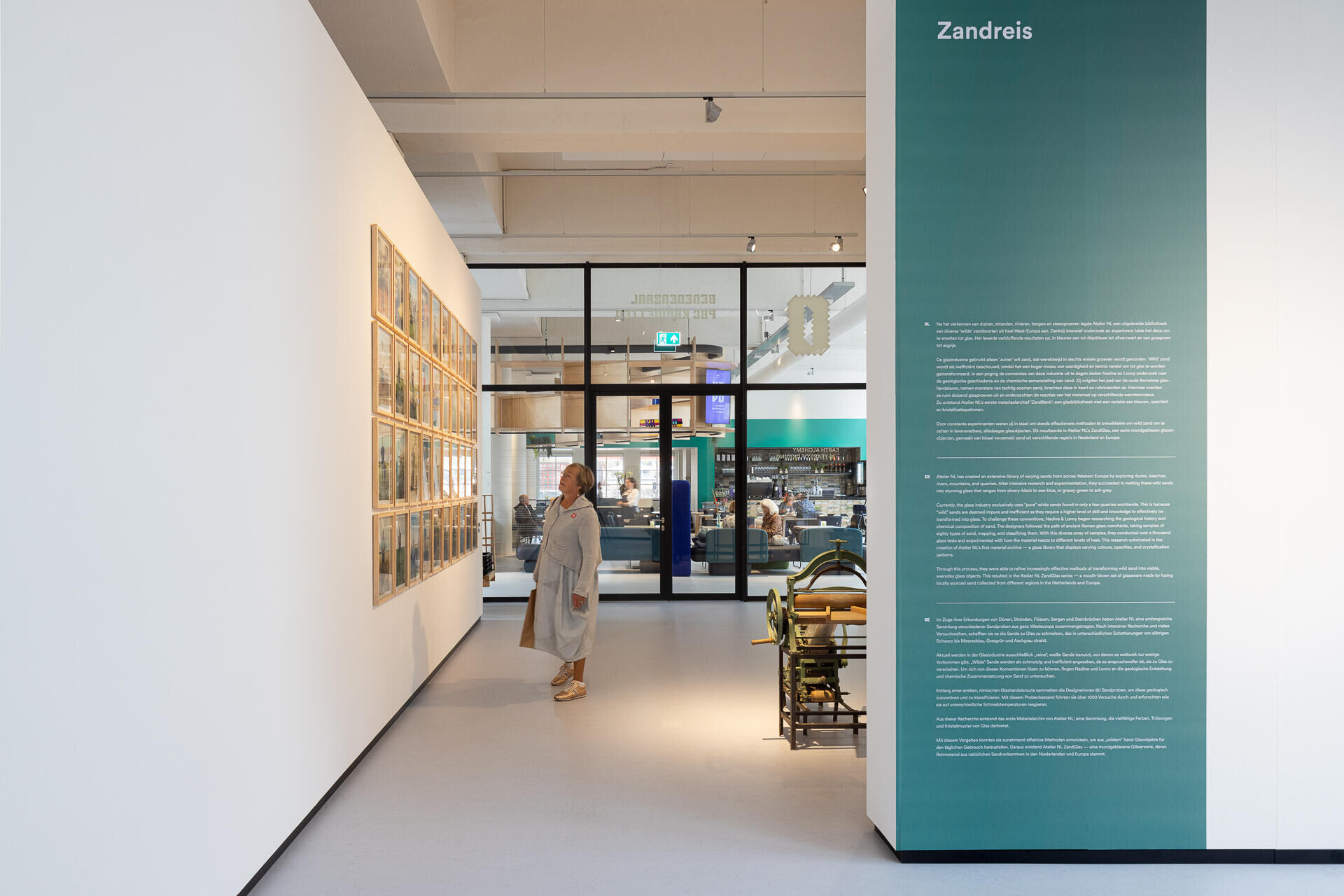
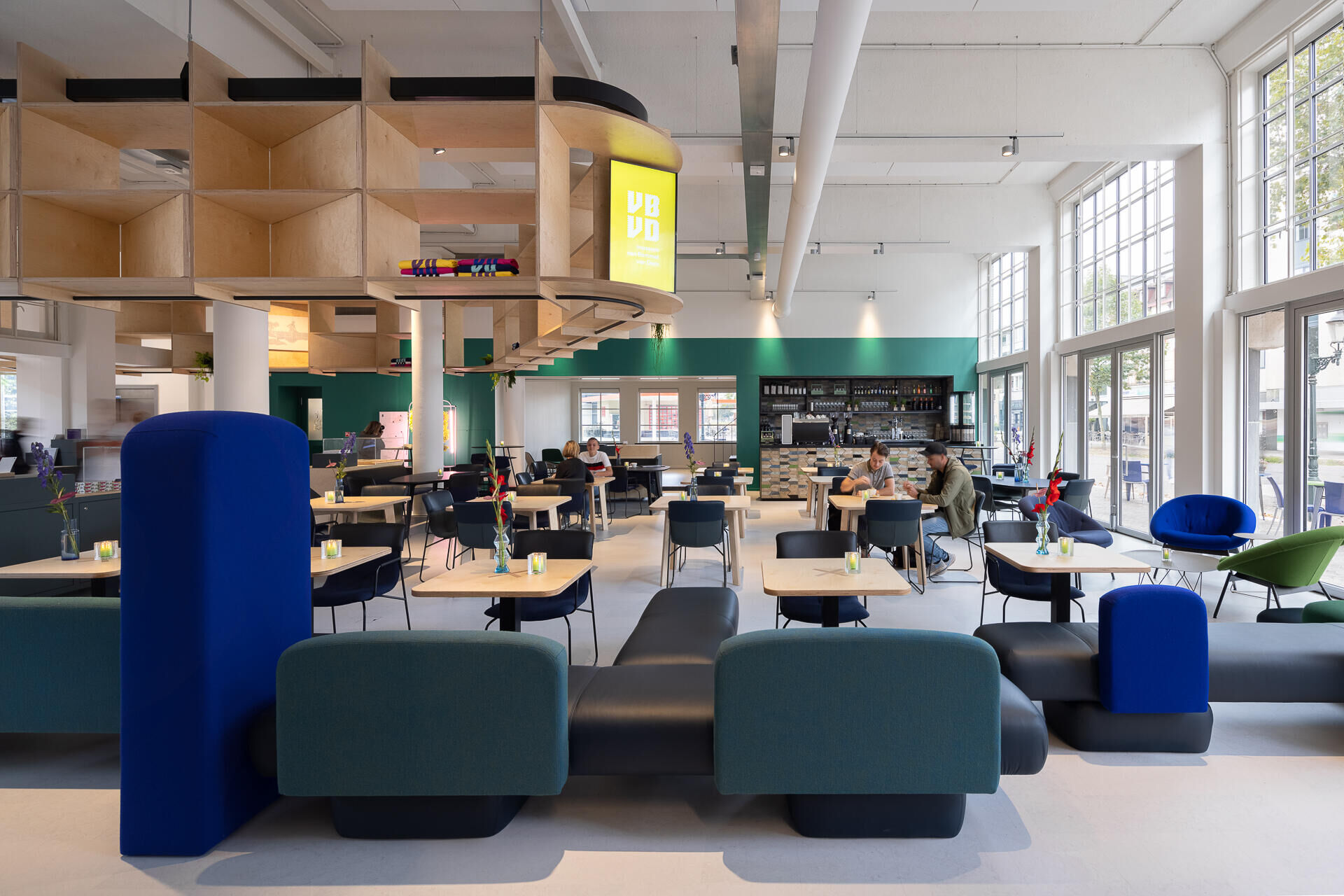
'A unique and circular glazed tile has been developed for the interior cladding of the entrance desk and museum bar, among other things.'
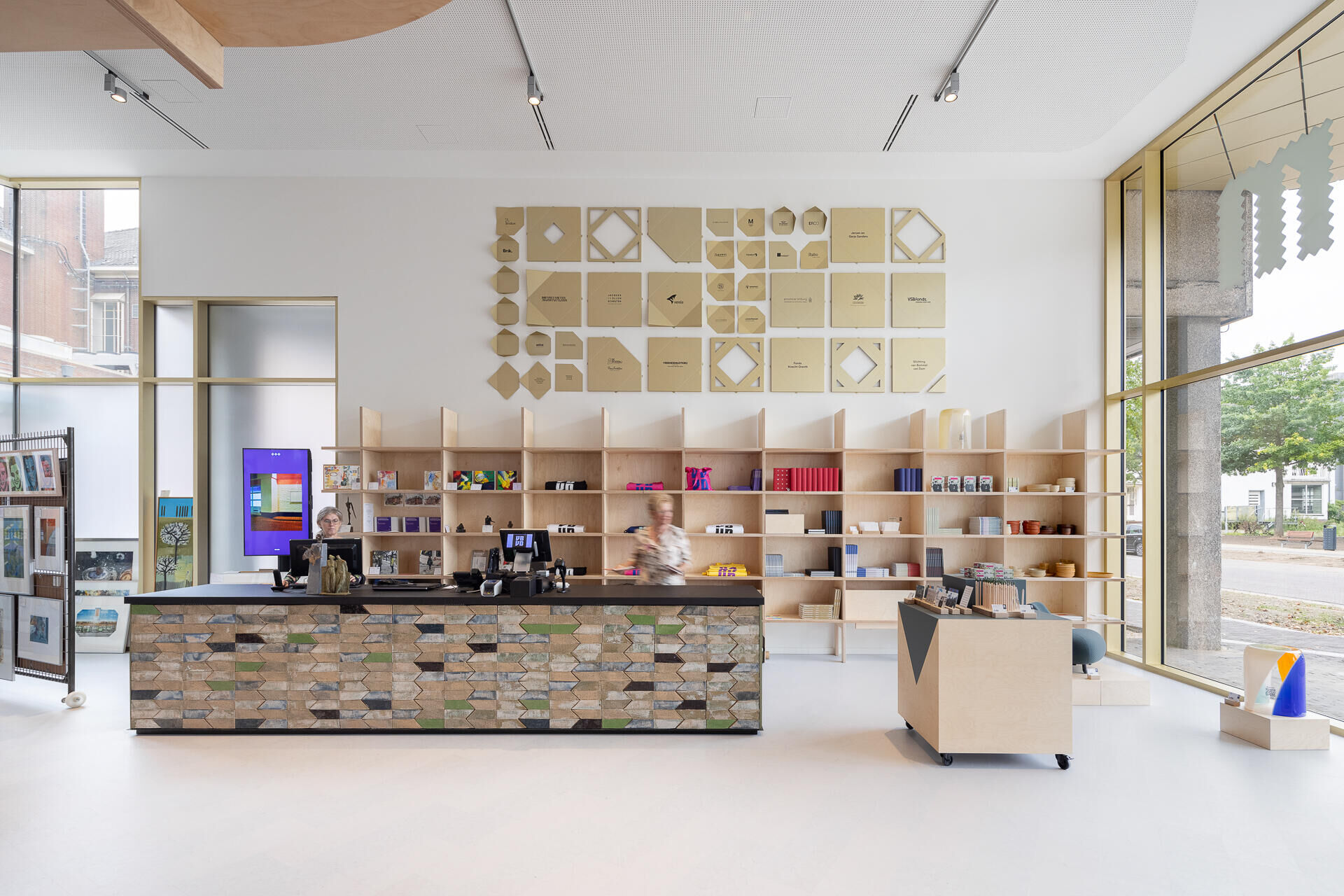
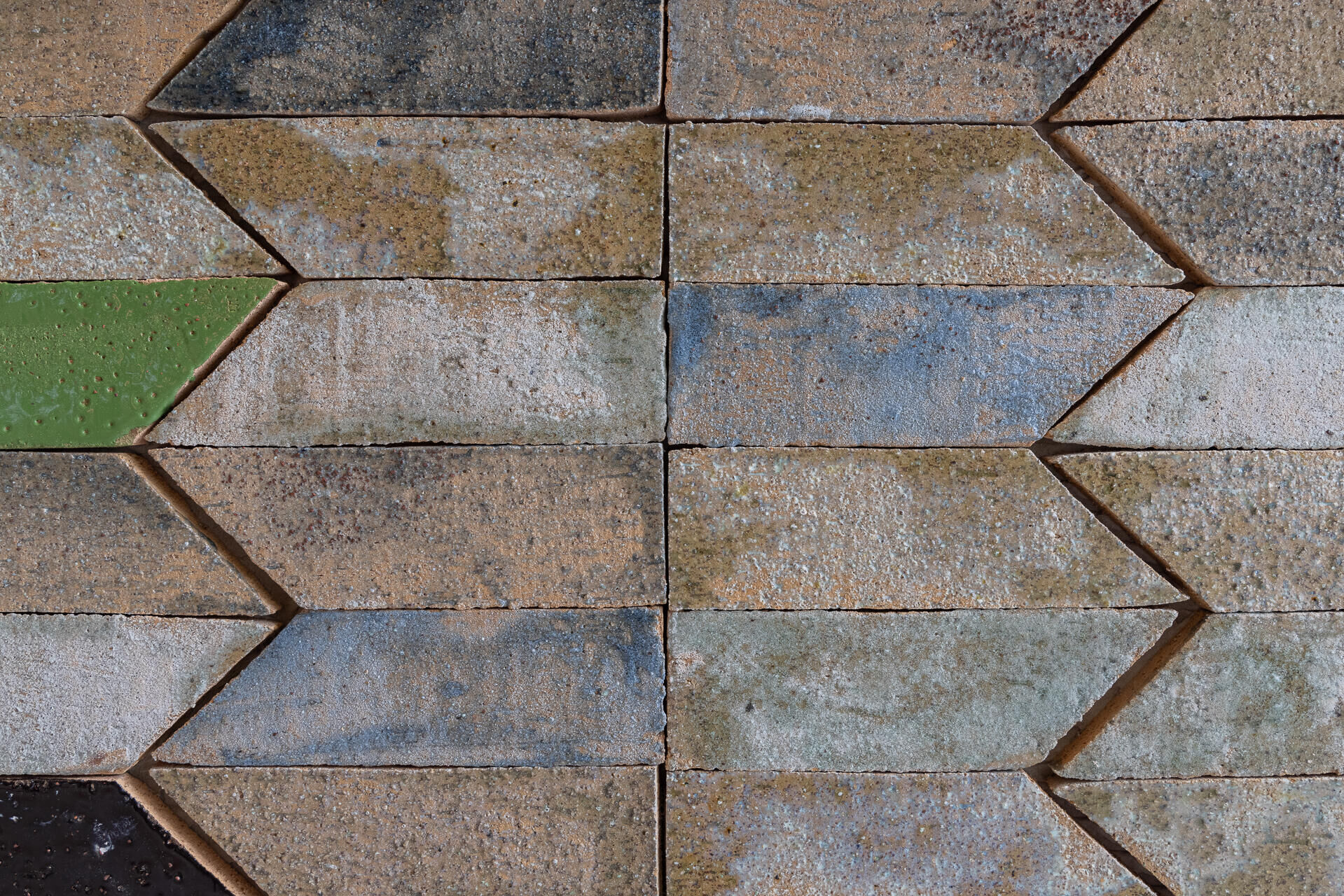
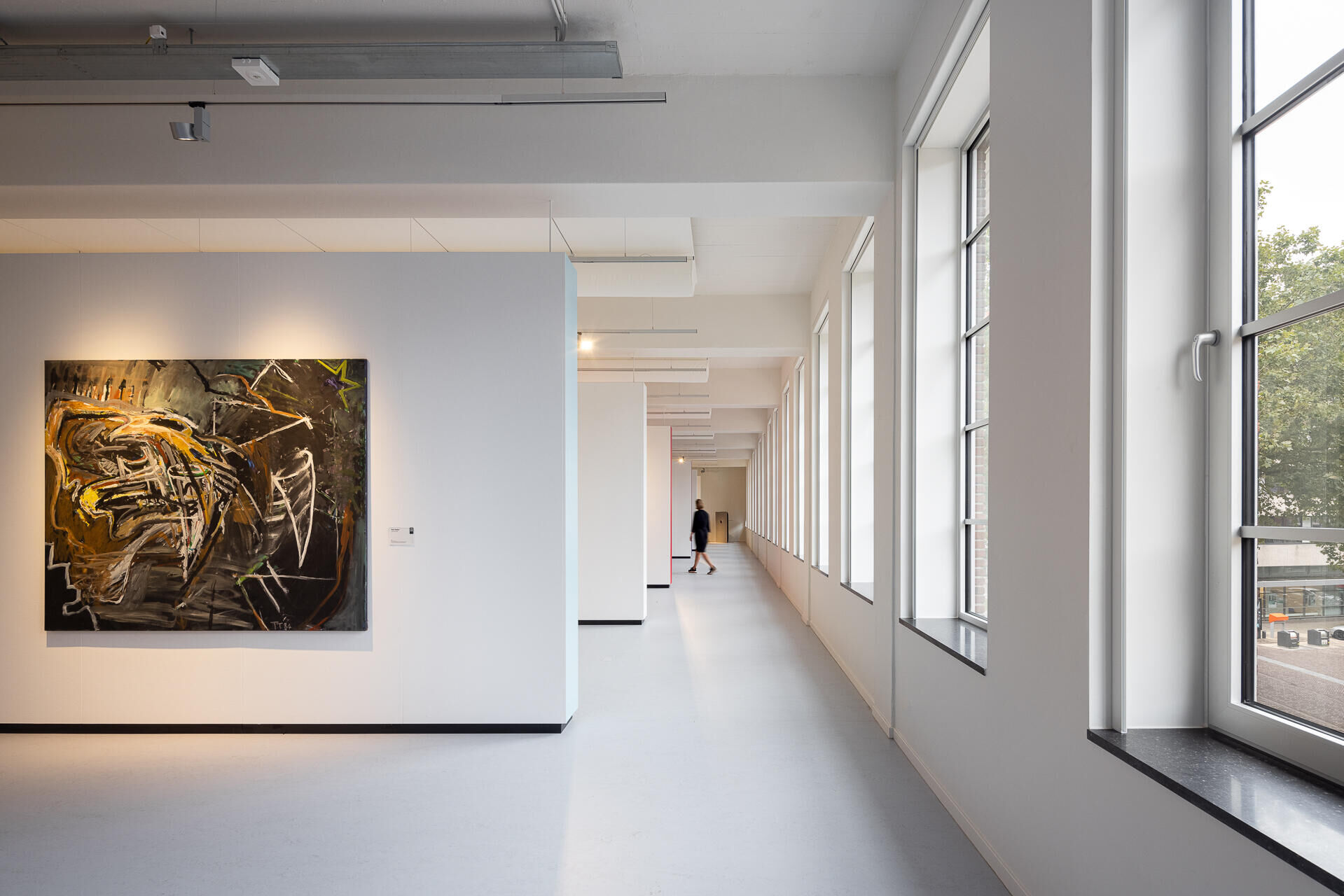
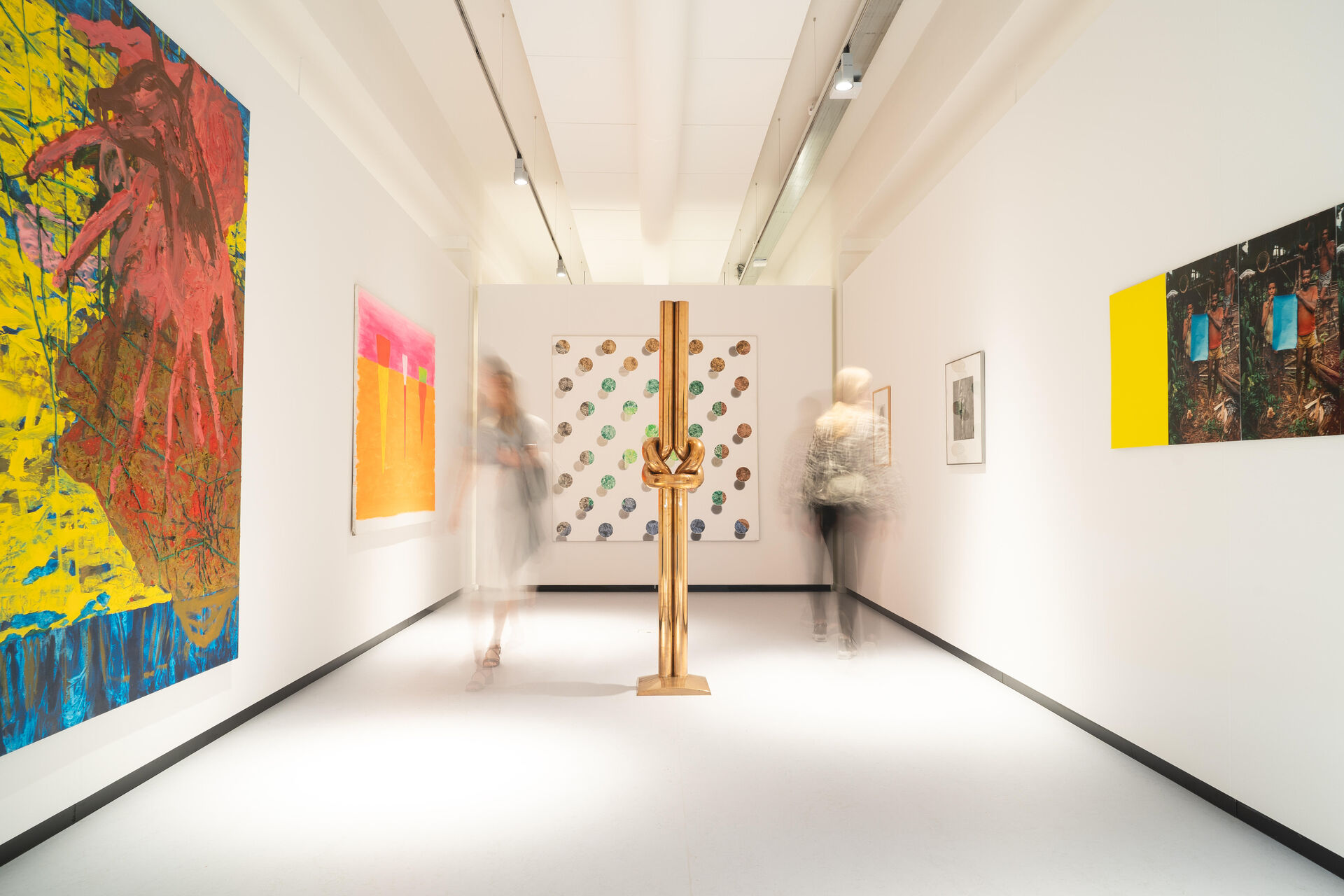
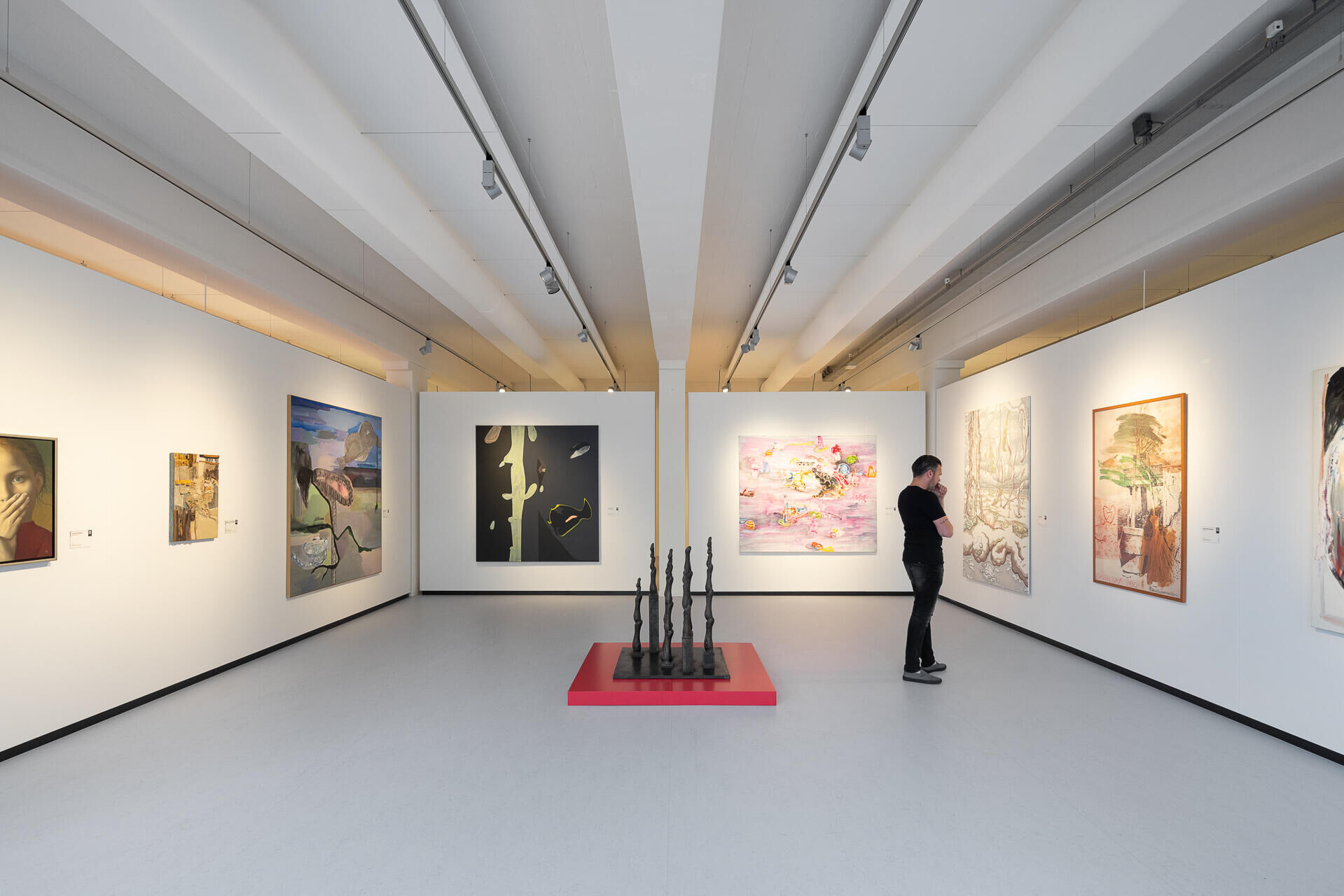
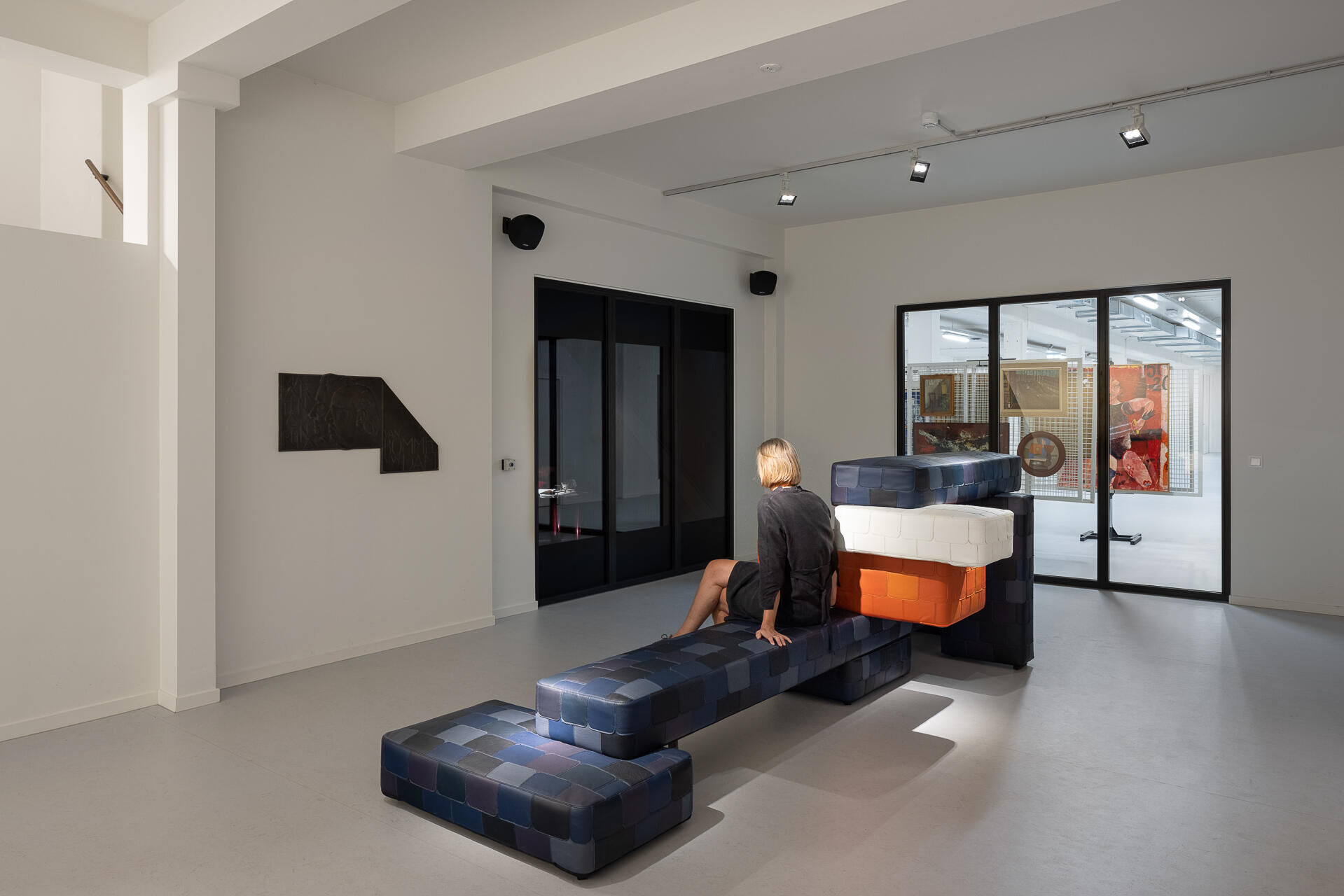
'A new steel staircase in the historic stairwell is removable - screwed, not glued together - and made of prefabricated cut blue steel.'
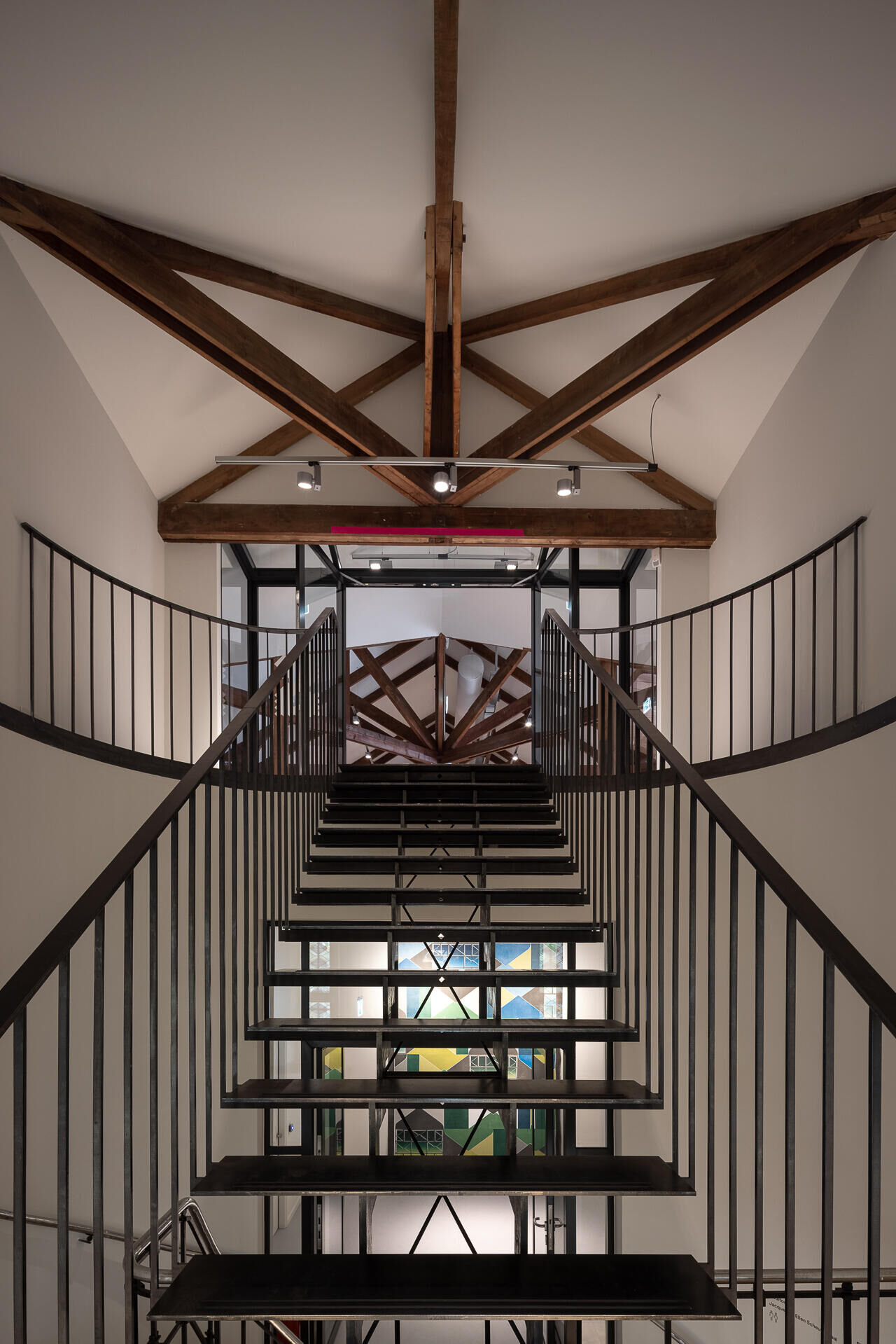
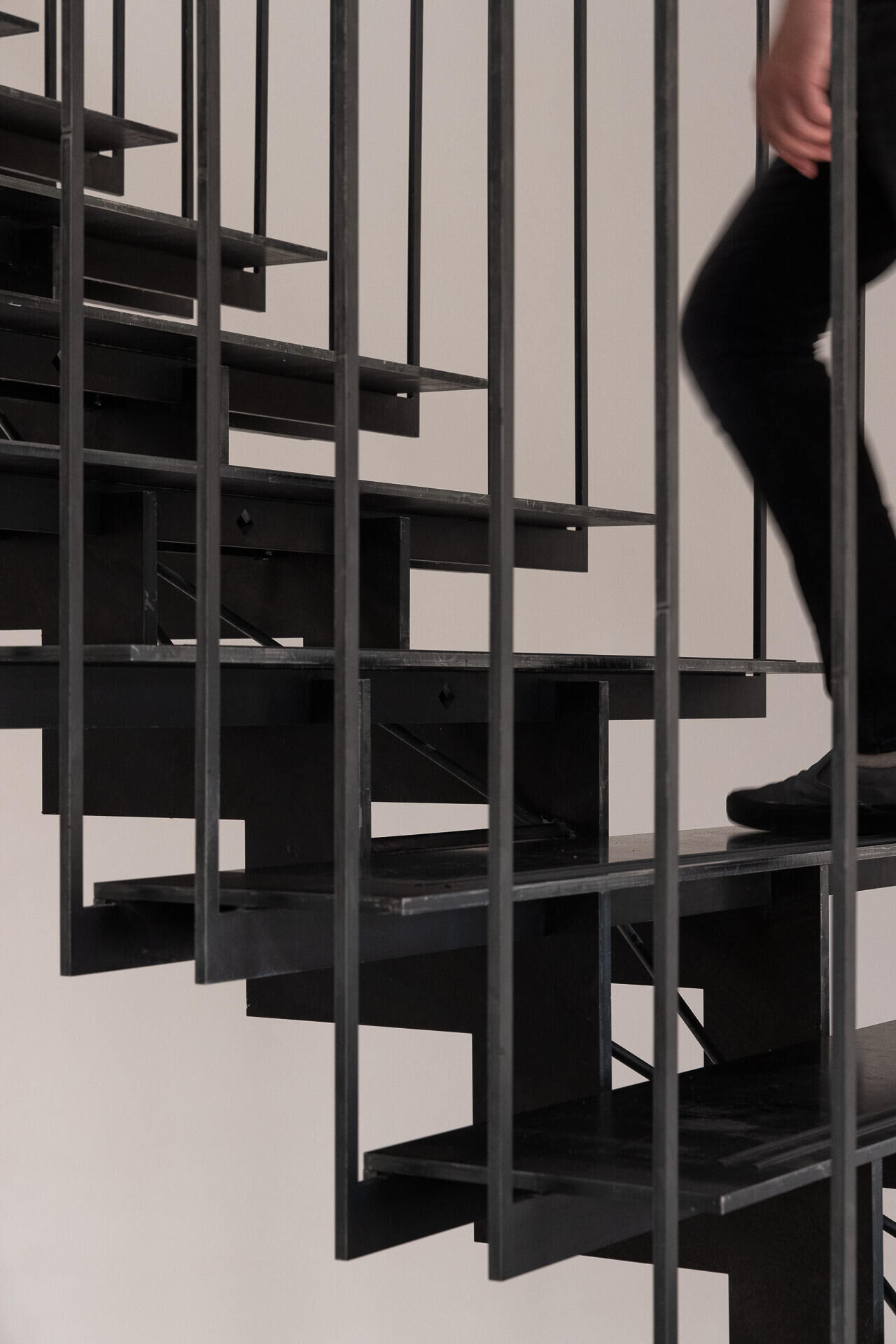
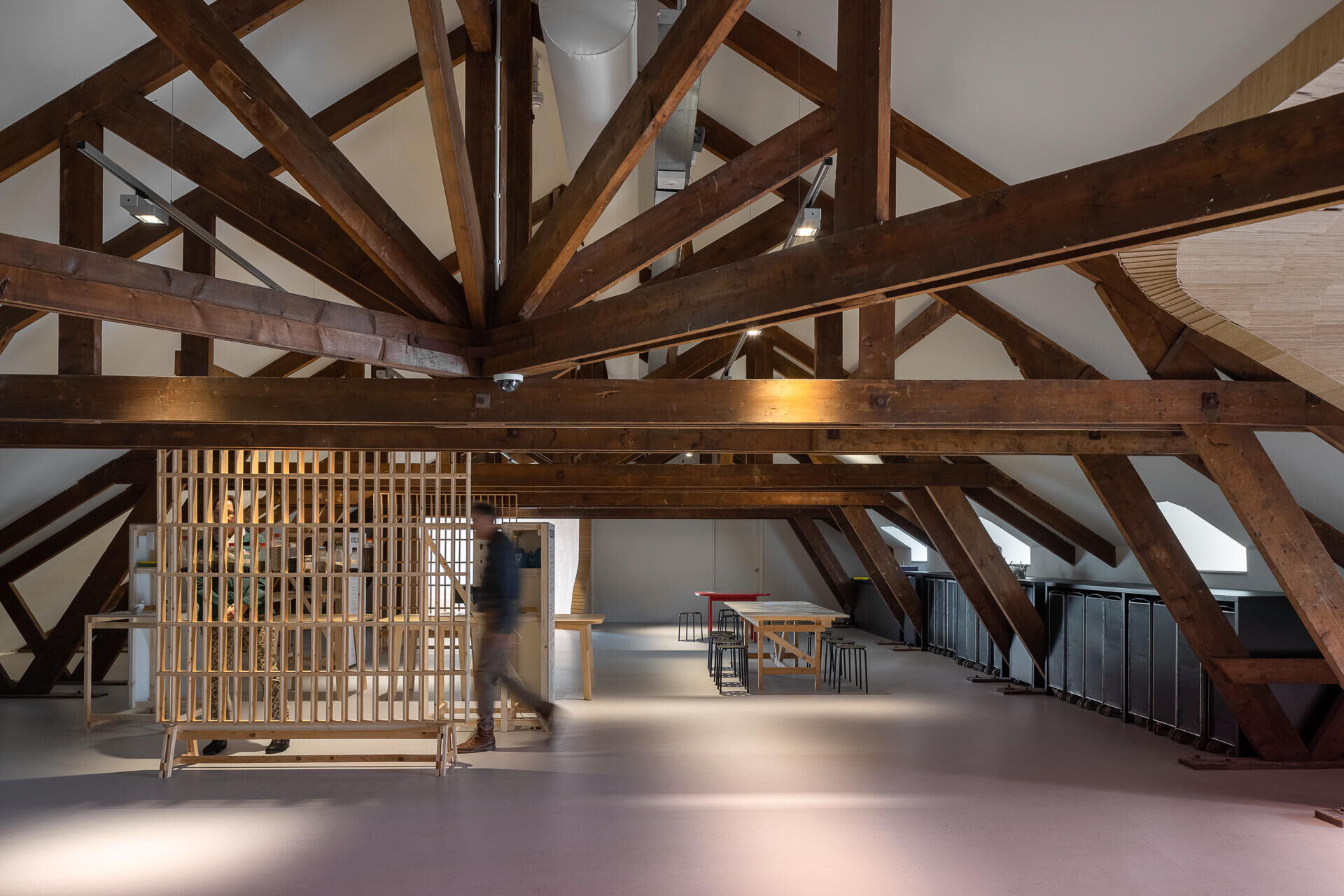
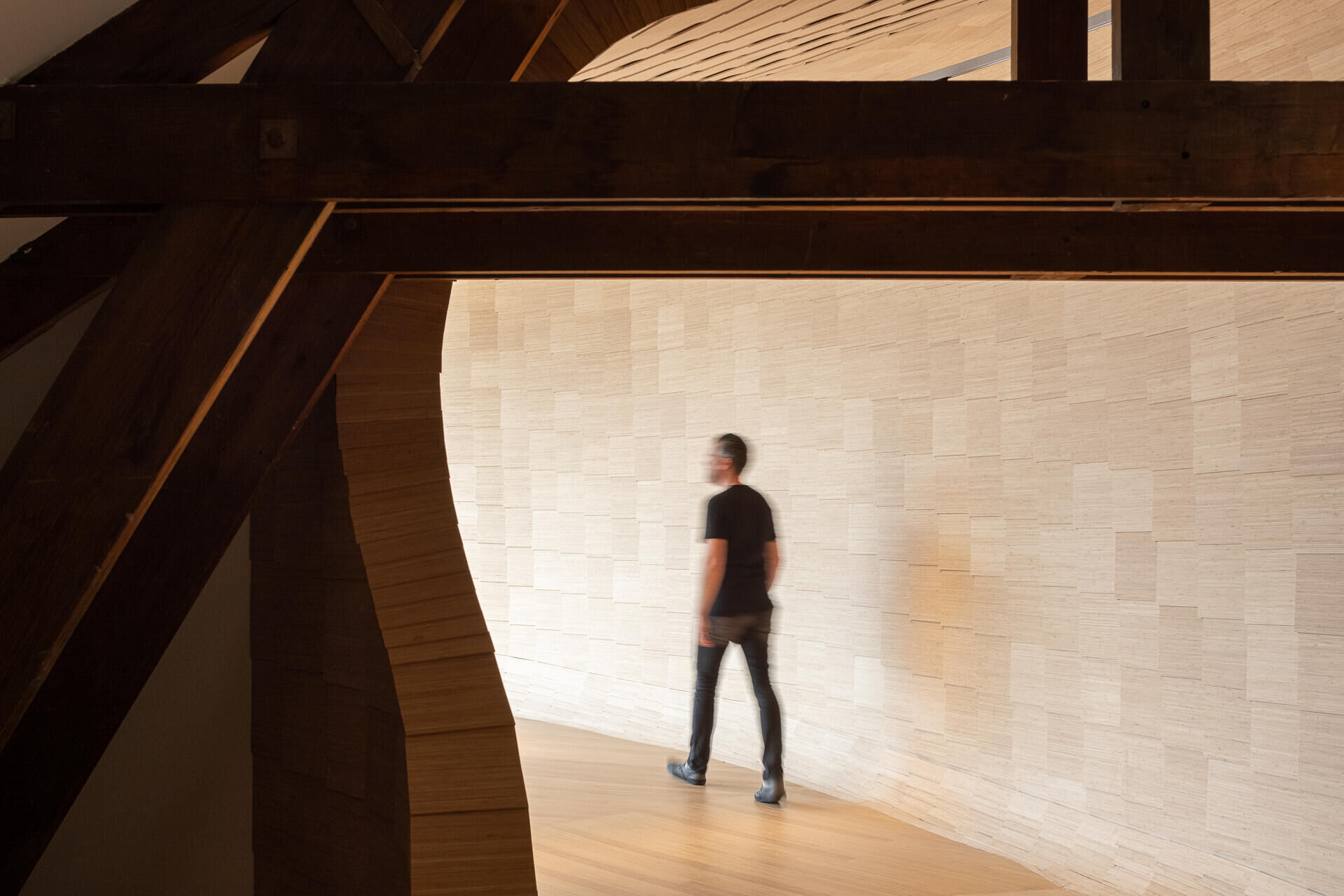
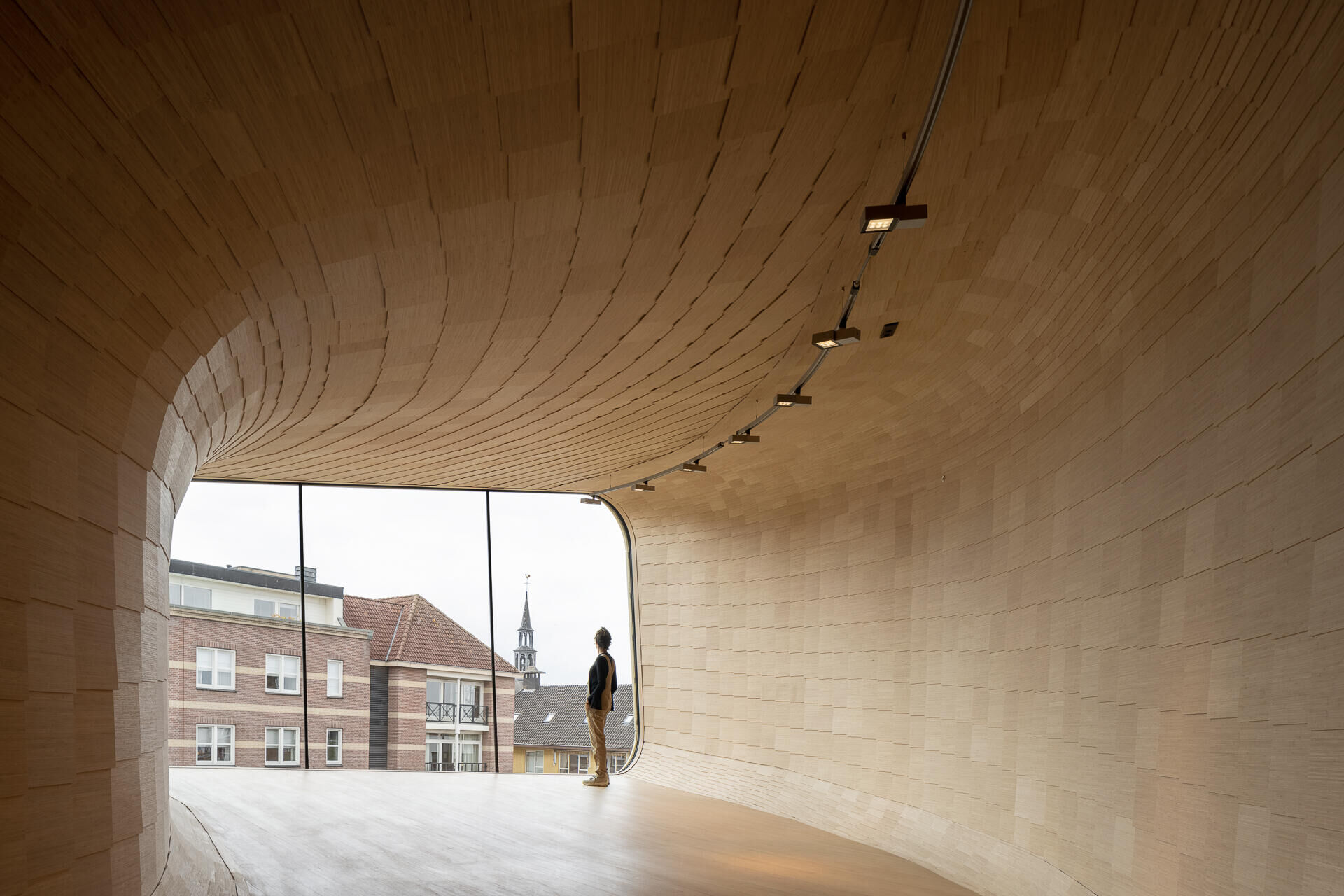
'A place for inspiration and connection, accessible and inviting where there is room for meeting and debate: With the new location Museum van Bommel van Dam is literally and figuratively in the middle of the city.'
Yvonne Segers, partner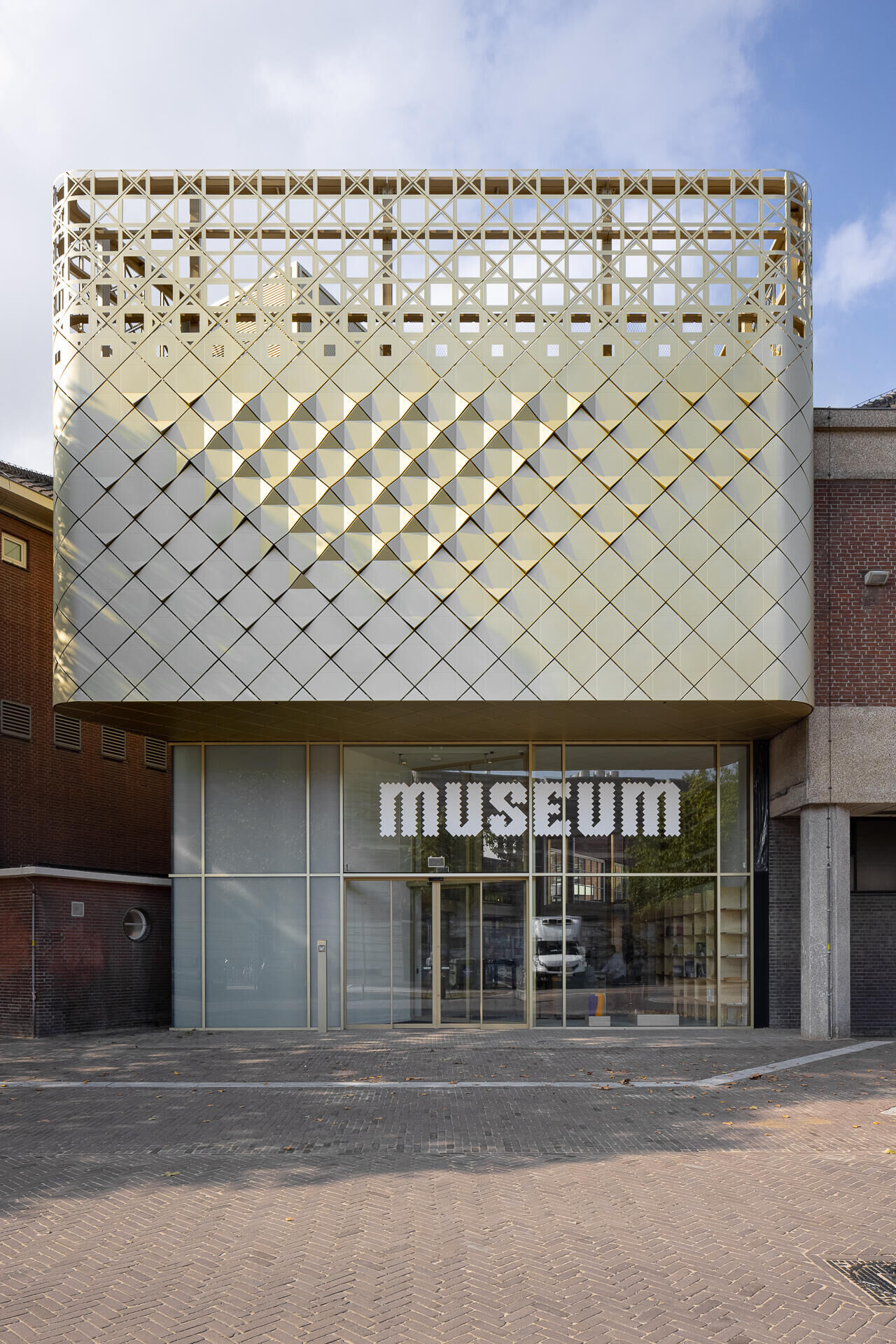
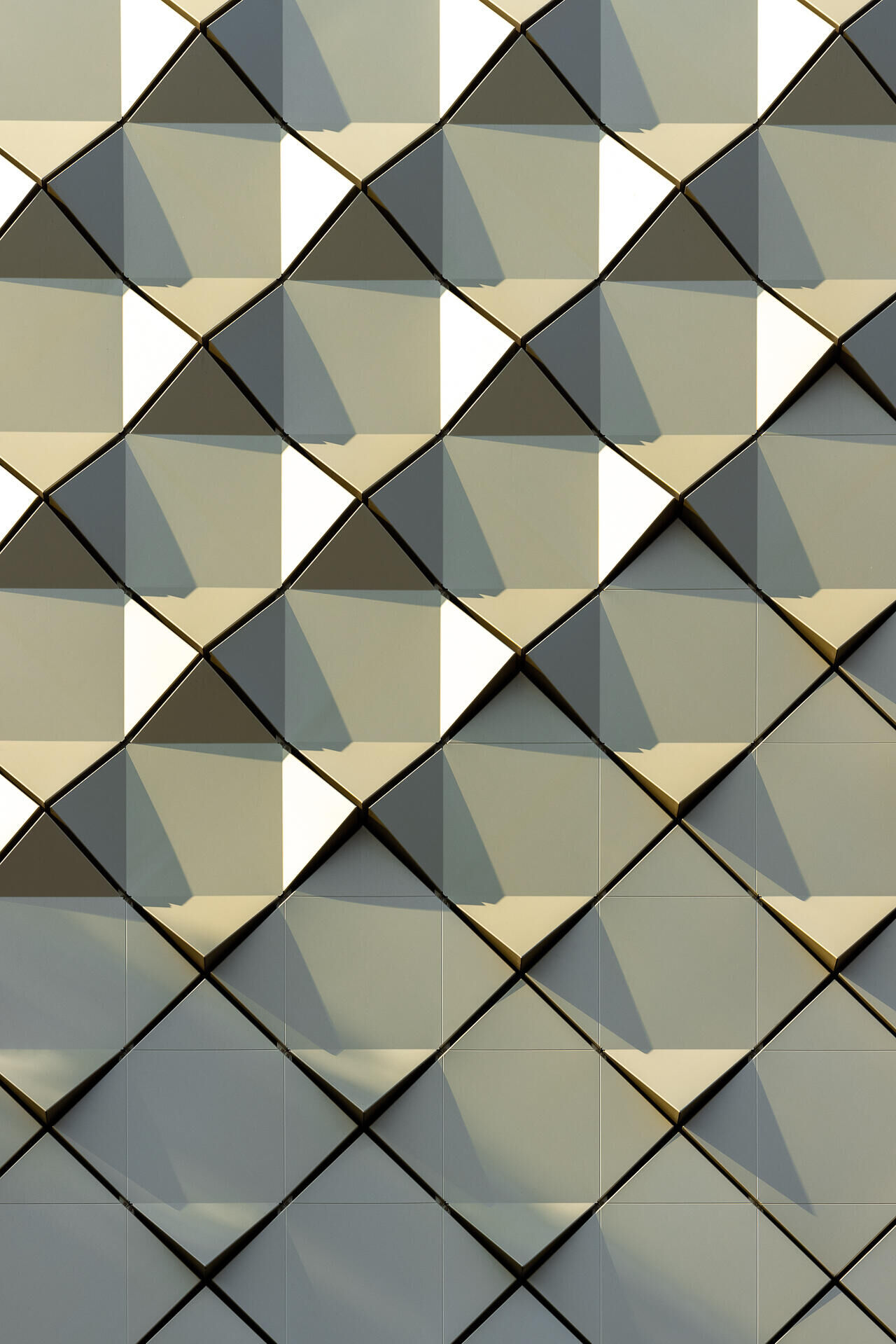
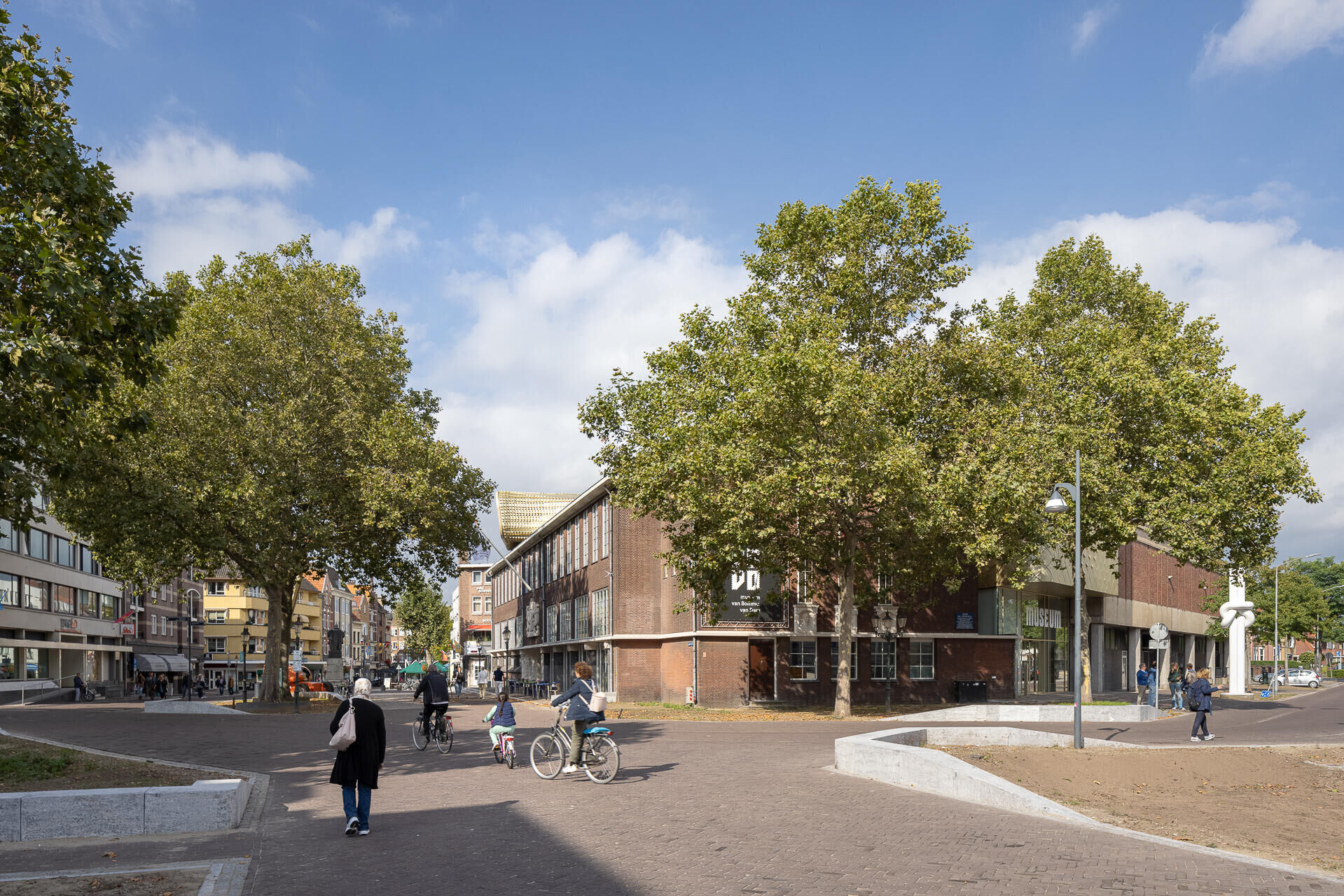
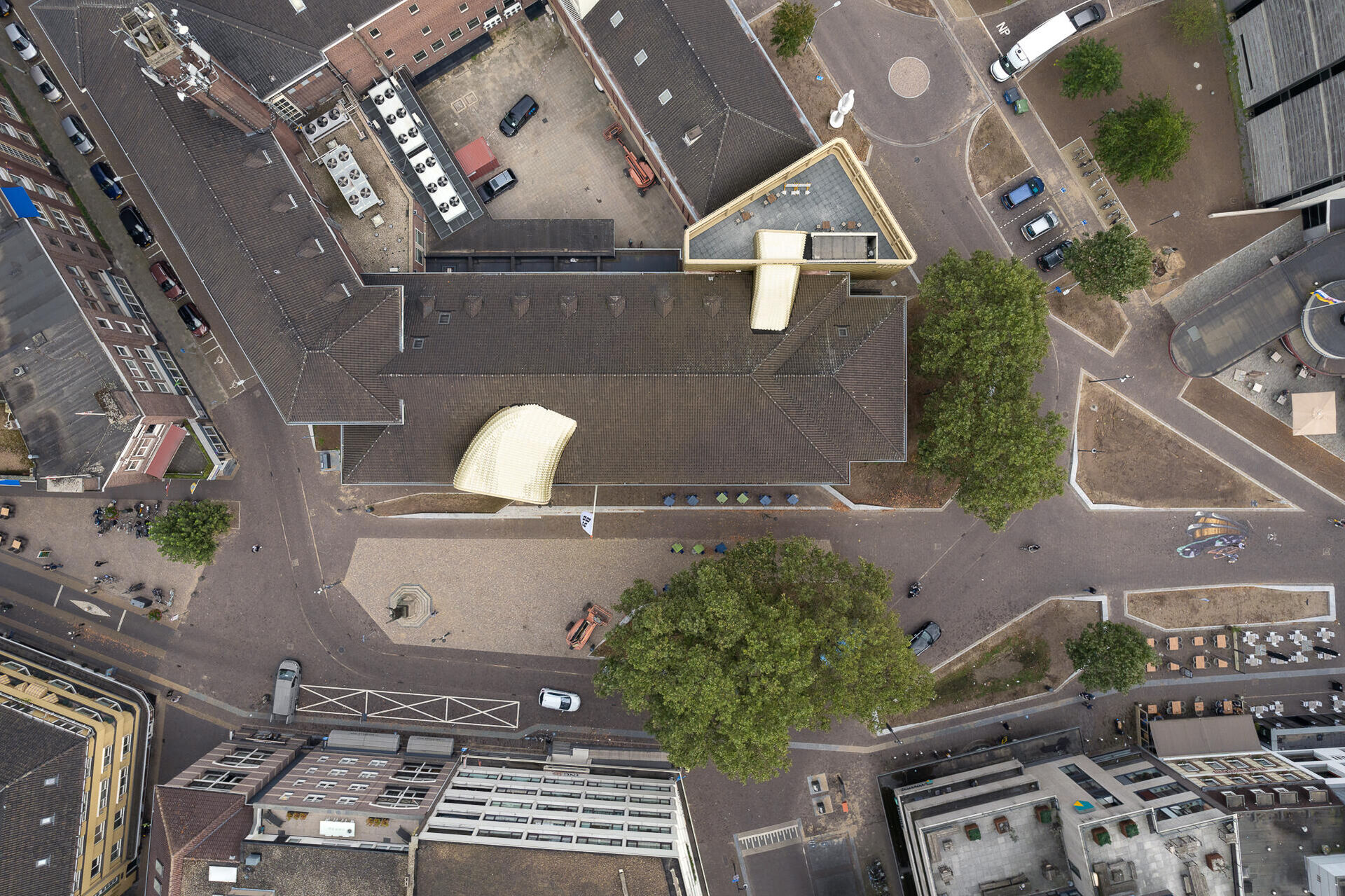
Other news
Similar projects
